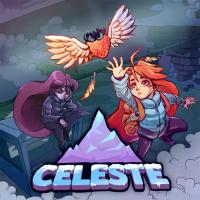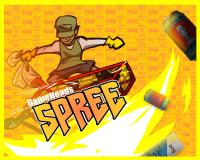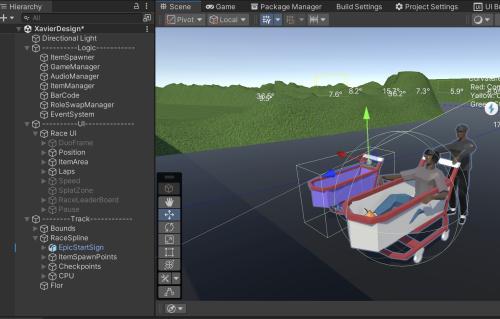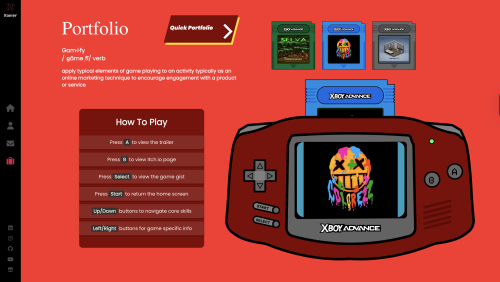
The Computer Science and Cinema & Digital Media Intersection

At first glance, computer science and cinema & digital media (CDM) might seem worlds apart. In practice, though, they’re deeply connected. From game design to website development, innovation often comes from blending artistic creativity with technical expertise. For me, a love of games sparked an interest in game development, and that became my gateway into computer science.

My journey began in a local youth tech training program specializing in video game development. Since 11th grade, I’ve spent every summer programming projects ranging from a simple 2D platformer to a virtual reality escape room. This summer, I’m pushing the limits by creating a racing game that uses a real shopping cart – outfitted with custom hardware – as the controller. Across all these projects, one theme stands out: the power of narrative, art, animation, and sound in making an experience truly engaging.
I entered UC Davis as a computer science major but soon discovered that CDM offered exciting, game-focused classes. Declaring a double major felt ambitious, but gave me the best of both worlds: computer science sharpened my problem-solving skills, while CDM nurtured the creative visions I could then bring to life with code.

Although my main role in game development has been programming, collaboration with designers and artists is constant. Courses like Filmmaking Foundations (CDM 20) have expanded my skill set with scriptwriting and team-based production, allowing me to contribute to creative discussions beyond the technical side.
The influence of CDM extends far beyond games. It shapes the interfaces we interact with daily, from websites to mobile apps, all built by teams of designers and developers working together. Even modern cinema depends heavily on computing, whether through computer vision, version control, or 3D rendering. Likewise, software engineering mirrors many of the steps in film preproduction: brainstorming, storyboarding, prototyping, and coordinating across teams. Both fields transform abstract ideas into tangible user experiences.

More than anything, being a double major has taught me the cycle of imagining ideas and bringing them to life through technical skills. Beyond game design, I’m currently taking an intermediate web development course and building an iOS application. In both, I’m applying CDM concepts – like color theory, visual hierarchy, and user experience design – to ensure my projects are not just functional but also thoughtfully crafted and visually engaging.
You don’t need to be a double major to love both design and coding. In fact, you don’t even need to major in computer science to start learning to code. What matters most is curiosity and the drive to create something meaningful. Whether through clubs, side projects, or spontaneous collaborations, the most rewarding learning happens when you follow what excites you and surround yourself with others who do the same.
